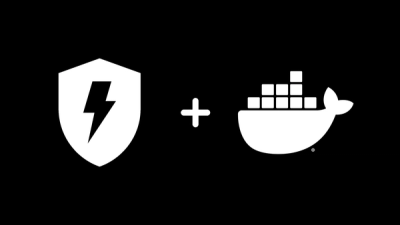Ember Async Button
See a demo




About
When running async actions ensuring disabling of the button,
re-enabling, and handling promise rejections is pretty boilerplate. This
component packages up that behavior.
Install
ember install ember-async-button
Usage
In a template use the async-button helper
{{async-button action=(action "save" model) default="Save" pending="Saving..."}}
With a block
The component can also take a block:
{{#async-button action=(action "save") as |component state|}}
{{#if state.isDefault}}
Click here to save
{{/if}}
{{#if state.isPending}}
Please wait...
{{/if}}
{{#if state.isFulfilled}}
Everything went well, congrats!
{{/if}}
{{#if state.isRejected}}
Ooops, something went wrong.
{{/if}}
{{/async-button}}
The closure action passed should return a promise:
import Ember from 'ember';
const { Component } = Ember;
export default Component.extend({
actions: {
save(model) {
return model.save();
}
}
});
Options
The async-button helper has other options to customize the states.
action
This is the action name used by the button.
default
The default text used for the button.
pending
Special text used while the promise is running. If not provided will use the default value.
resolved
Deprecated! Use fulfilled
Special text used if the promise is resolved. If not provided will use the default value.
fulfilled
Special text used if the promise is fulfilled. If not provided will use the default value.
rejected
Special text used if the promise is rejected. If not provided will use the default value.
disableWhen
Boolean value that will allow for disabling the button when in a state other than pending
reset
Flag telling the button to reset to the default state once resolved or rejected. A typical use case is to bind this attribute with ember-data isDirty flag.
Styling
A class of async-button is assigned to the button. An additional
dynamic class is assigned during one of the four states:
defaultpendingfulfilledrejected
The href attribute of the a tag
You can adjust the button's tag by passing the tagName option:
{{async-button tagName="a" action="save" default="Save" pending="Saving..."}}
When you set tagName to a, the element will obtain an empty href attribute. This is necessary to enable the link behavior of the element, i. e. color, underlining and hover effect.
You can of course override href if you need it for some reason:
{{async-button tagName="a" href="custom" action="save" default="Save" pending="Saving..."}}
If you don't want a href attribute on your a button, set it to false:
{{async-button tagName="a" href=false action="save" default="Save" pending="Saving..."}}
Authors
We are very thankful for the many contributors
Versioning
This library follows Semantic Versioning
Want to help?
Please do! We are always looking to improve this addon. Please see our
Contribution Guidelines
on how to properly submit issues and pull requests.
Legal
DockYard, Inc © 2014
@dockyard
Licensed under the MIT license



